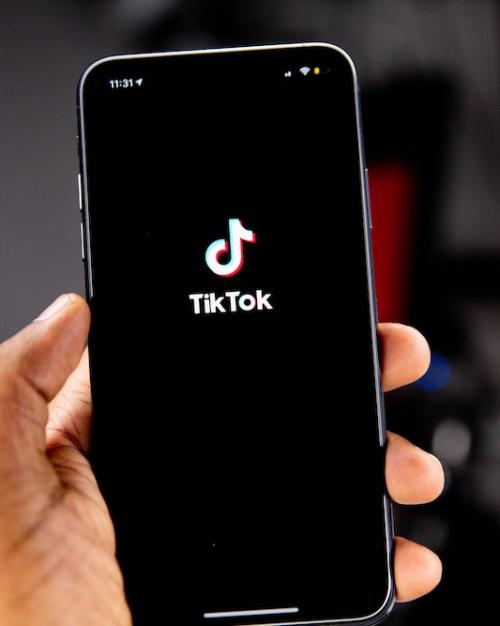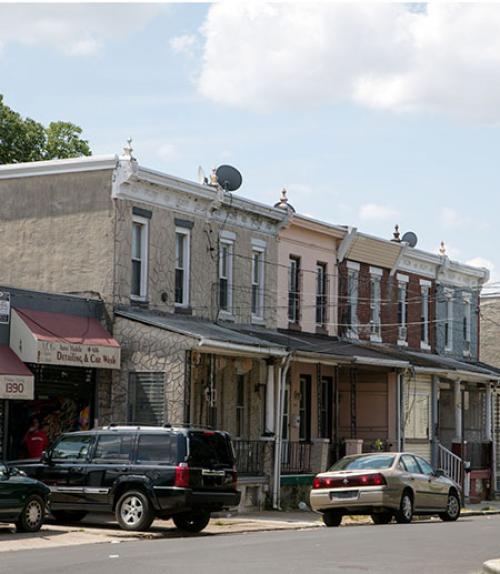This is an episode from the “What Makes Us Human?” podcast's fifth season, "What Do We Know about Inequality?" from Cornell University’s College of Arts & Sciences, showcasing the newest thinking from across the disciplines about inequality. Featuring audio essays written and recorded by Cornell faculty, the series releases a new episode each Thursday through the fall semester.
We can track Inequality across America just by looking at our zip codes. How could this be? Why would zip codes matter?
Well, it’s not zip codes per se, but what they represent – the place where you live. Access to education, services, jobs and transport are all critically dependent on place. Good schools are neighborhood dependent. So are high quality public services and infrastructure. Places with a stronger tax base provide higher quality services. And poorer services shape your life chances over the long term.
But zip codes don’t just matter for public services, they also matter for job opportunities and access to stores and doctors’ offices. The highest paying jobs are often located in cities and suburbs where affordable housing is limited. Richer places also have better commercial services. Have you heard of food deserts, places where there are no grocery stores? But then we see other communities which have lots of grocery stores right next to each other. While market economics makes sense of this phenomenon, it creates serious problems for people living in the poorer zip codes. Having to travel long distances just for healthy food or medical care raises costs and restricts access, especially for children, the elderly and those without reliable transportation.
Parks tend to be concentrated in richer neighborhoods, while trash and toxic waste are concentrated in poorer ones. Waste is society’s undesirable byproduct, and it's put where land is cheaper and citizen voices are less powerful.
So where we live matters. And research shows that it matters most for children, the poor and the elderly. This is because their choices are restricted not just by transportation, but also by financial and legal restrictions, such as who can attend which local schools or who can afford to live in a particular neighborhood. This is why access to transportation and affordable housing are so crucial to addressing inequality.
In America we think of our communities and neighborhoods as ours – and not someone else’s. We celebrate consumer choice and variety of service as efficient. We justify differences by who chooses to pay. But do children, the elderly and the poor actively choose to live in poor zip codes? Or are they restricted by access to housing and transportation, and by rules which restrict services to those who live within particular political boundaries?
This is not an unsolvable problem. To begin, we could equalize access to basic public services. We could increase inter-governmental aid to lower income communities, and we could encourage richer communities to cooperate in tax sharing and service delivery. Fragmenting ourselves into separate jurisdictions not only undermines equal access to services, it also damages the economic competitiveness of whole regions.
We could also encourage the private sector to recognize the unmet market demand in poorer zip codes. As some corporations move to smaller footprint stores, they’re expanding their services in lower income communities.
My own field, city and regional planning, has a valuable role to play here too. Planners are actively crafting agreements with schools to open up playgrounds for broader public use after school hours. In some cities, school buses are used to transport seniors to grocery stores while children are in school.
In a society that values opportunity, we need to implement strategies that overcome the barriers of place. This requires collaboration and a willingness to think collectively to plan for our common future. After all, our zip codes shouldn’t be our destiny.




